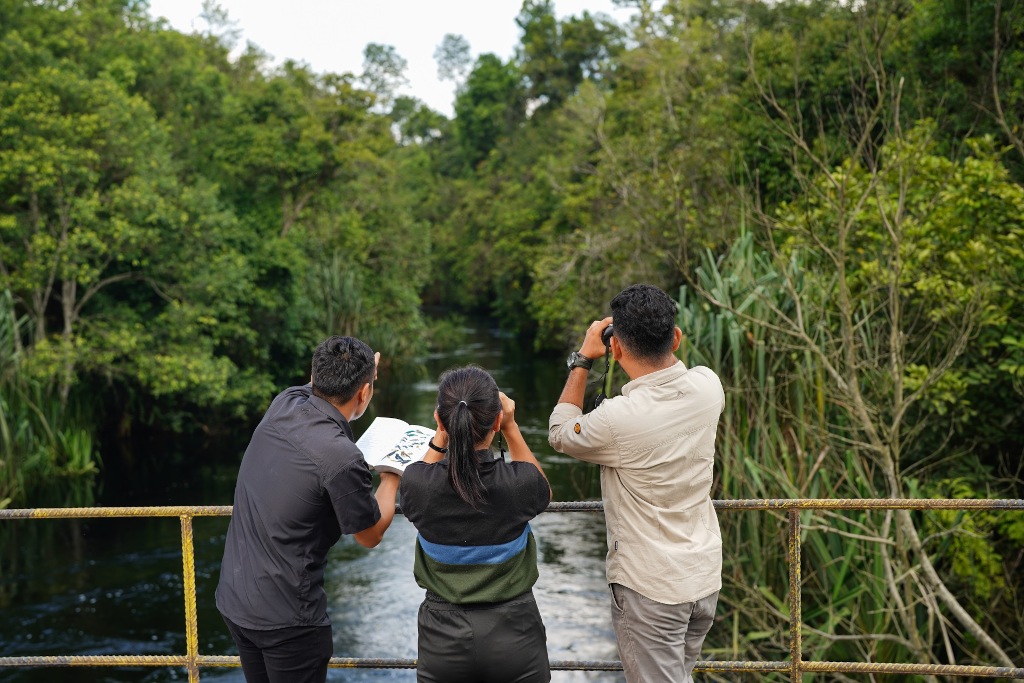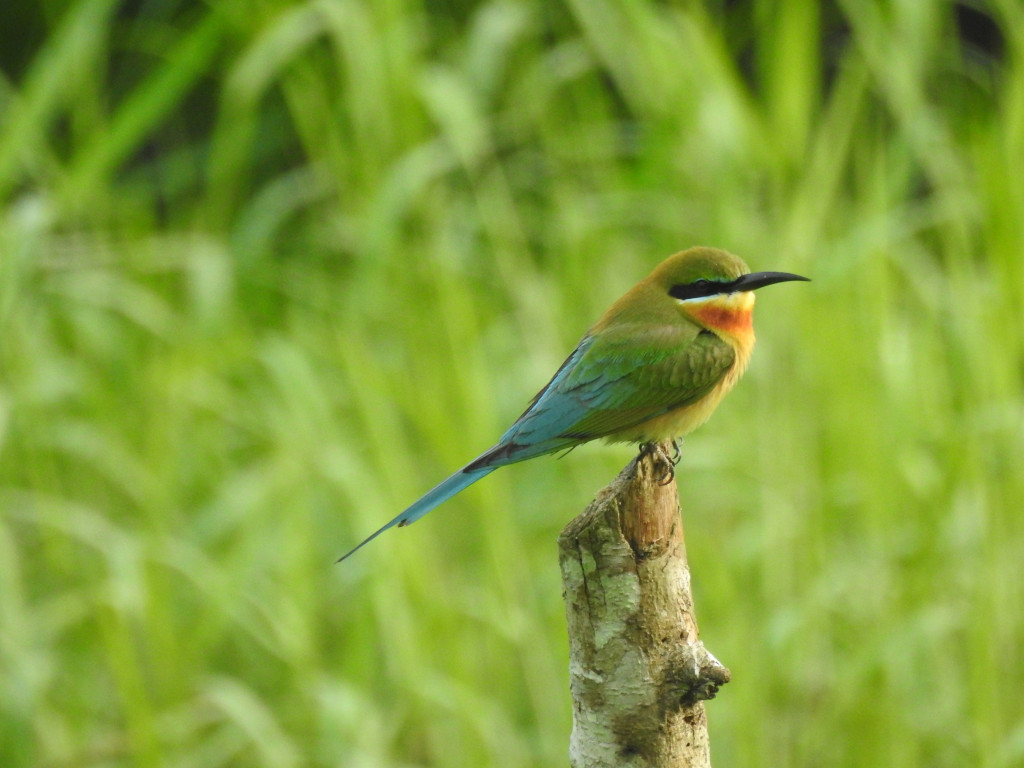August 27, 2024
On April 21, an amateur wildlife photographer in Oregon had a once-in-a-lifetime sighting. When Michael Sanchez photographed a blue rock thrush, he became the first person to ever document this extremely rare Asian species in North America. His encounter has been the talk of the birding community ever since, and epitomizes everything that’s magical about this pastime.
Bird watching, or birding, is both a rewarding hobby and an essential facet of scientific study. Observing bird species in the wild allows us to fully immerse ourselves in nature, while also adding to our understanding of biodiversity and contributing to its conservation. Whether as a recreational activity or a form of citizen science, bird watching takes many forms and presents a number of challenges. With a combination of patience, skill and the right equipment, it can also offer multiple benefits.
In this article, we’ll explore the fascinating world of bird watching, revealing expert insights from Restorasi Ekosistem Riau (RER) that could help even a casual birder to deepen their appreciation and develop their techniques.
The importance of bird watching
For many casual enthusiasts, bird watching may begin as a hobby. For some it can grow into an obsession. Anyone who has spent a day in a hide, peering through binoculars and holding their breath, can testify that it offers a fascinating insight into the natural world.
Bird watching also provides essential data to the scientific community. Information gathered in the field can inform, educate and inspire, while also forming a solid basis for strategic conservation actions. Bird watchers are the eyes and ears of the scientific community. They can closely monitor bird populations, document new behaviour, and help to raise awareness about environmental issues in their communities.
On a personal level, birding can be an illuminating, relaxing and exhilarating experience. Bird watching excursions provide opportunities for travel and precious moments of peace and contemplation; they take us out of our normal human condition and allow us to convene more closely with nature.
What gear to use?
Any experienced birder will tell you that equipment is only half the story when it comes to bird watching. But having the right bird watching gear can often be the difference between success and failure. If you’re heading out into the field, it’s best to take a good set of binoculars, a spotting scope with a tripod, a notepad, and a decent field guide if you not familiar with the area you’re bird watching.
Perhaps the most important equipment in your bird watching toolkit is knowledge and patience. Successful bird watching relies on having a comprehensive understanding of avian habits and their habitats; knowing where and when encounters with birdlife are likely to occur, and then having the patience to wait for them to materialise. Being in the right place at the right time is both a skill and an art; get it right, and you might just be rewarded with something truly special.

Any sighting of rare or uncommon species requires proof, so cameras are important. If Michael Sanchez hadn’t had his camera with him, it’s doubtful anyone would have believed his blue rock thrush sighting described at the beginning of this article.
Understanding bird habitats
Birds are creatures of habit, which occupy certain niches in nature and harmonize their behaviour with cycles of weather, food availability and breeding seasons. From dense forests to open grasslands, each ecosystem is home to a unique array of bird species, each of which has adapted perfectly to fit its environmental conditions.
To be successful, bird watchers need to be just as adaptive as their quarry. By familiarising themselves with various habitats, they can strategically plan their bird watching excursions and improve their chances of seeing rare and charismatic bird species in the wild.
Research and preparation before bird watching
The key to this approach is preparation and research. Before setting off on bird watching tours or exploring bird watching areas, enthusiasts should spend some time looking into local bird species, getting to know their taxonomy, their behaviours, migratory patterns, and the seasonal variations in their activity. With a good base knowledge of feeding habits, appearance, and vocalisations, birders can identify and observe a wide range of species in their natural environment.
Conservation and preservation of bird habitats
Bird watchers have an important part to play in conservation of species and the preservation of their habitats. In addition to their contributions to scientific knowledge, the collective birding community can be a powerful advocate for environmental stewardship, while also supporting conservation activities and taking part in habitat restoration projects. Ultimately, by contributing to conservation, enthusiasts can help to ensure the long-term survival of bird species and the ecological integrity of their environments.
Bird monitoring and conservation in RER
Bird monitoring is an important aspect of RER efforts to protect and restore 150,693 ha of peat swamp forests on the Kampar Peninsula and Padang Island. The RER team regularly monitors birds in these locations to gain a better understanding of biodiversity and come up with strategic interventions that can secure their survival.

Working in collaboration with the EKSAI Foundation and as part of the Indonesian Bird Banding Scheme (IBBS), RER recently organised an intensive bird monitoring and banding program in Riau. With support from expert bird watchers and scientists, this project successfully gathered much-needed data on heavily trafficked songbirds in Indonesia.
Bird sightings in the Kampar Peninsula and Padang Island area have also helped identify species that were previously undetected, such as the recent documentation of a common greenshank, which had not been seen since 2004.
Whether spotting rare and undocumented species like common greenshank and blue rock thrush, or monitoring endemic populations, bird watchers are doing important work. By understanding bird habitats, conducting thorough research, studying bird behaviour, identifying population trends, and advocating for habitat preservation, enthusiasts all over the world are playing their part; connected through a global community that is active in the preservation – and celebration – of avian diversity.